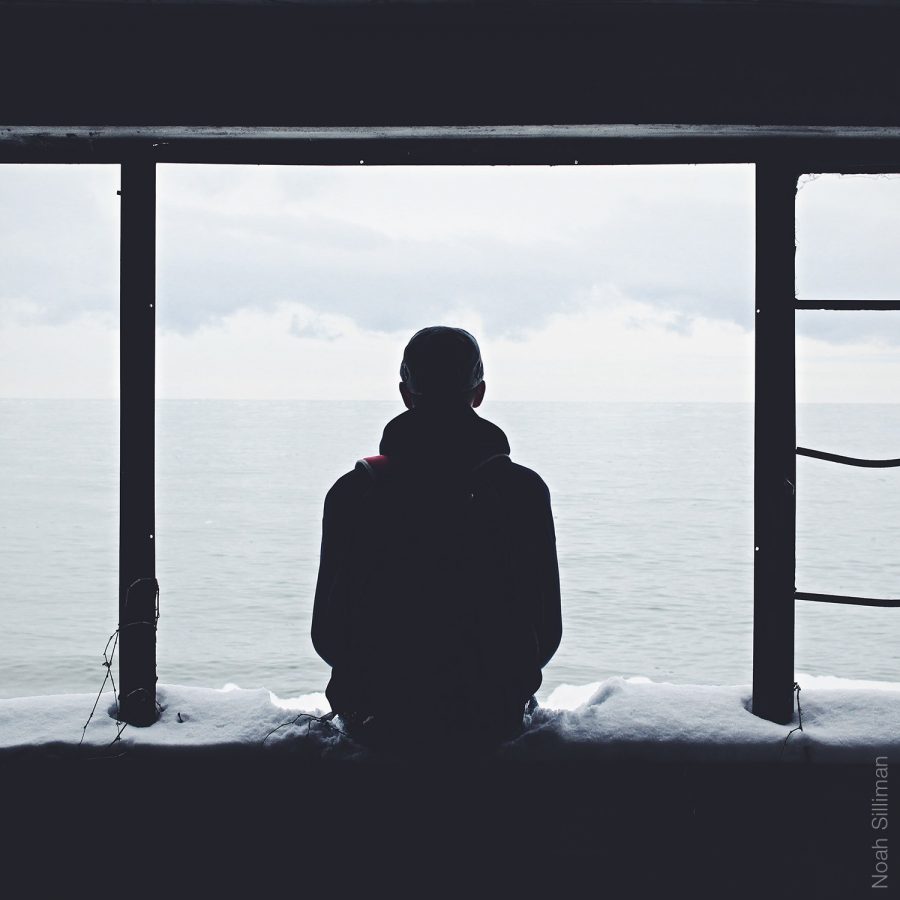With winter comes SAD for some
November 22, 2019
Depression of some kind affects 20 percent of adolescents, according to Suicide.org. Teenagers can experience situational depression, which is due to life circumstances, or clinical depression, a chemical imbalance in the brain.
Seasonal Affective Disorder (SAD) is a form of depression that occurs during a specific time of year. In some cases, including my own, seasonal depression occurs in late-fall or winter, when the days become shorter and the holiday season approaches.
This is not uncommon. According to a study done by Harvard University, young people are more likely to develop SAD than older people.
SAD caused by the shortening of days, less sunlight and cold temperatures. For some people, especially teenagers from broken homes, SAD can strike once the Christmas decorations, music and snow appear.
Teenagers with divorced parents can shut down in November or sooner. Holidays are hard enough— trying to save money, buying presents, making time to see all of your family in two days. But it becomes harder when a child has to either split time between two parents or, in my case, miss out on seeing one entirely.
Stress, irritability, feelings of confusion or worthlessness are signs of seasonal depression, but in a lot of cases, this depression will go away in the spring once serotonin production increases again.
Never forget, however, there is hope. And there is help. If these feelings become overwhelming, be sure to speak to a trusted friend or adult and ask for help.



